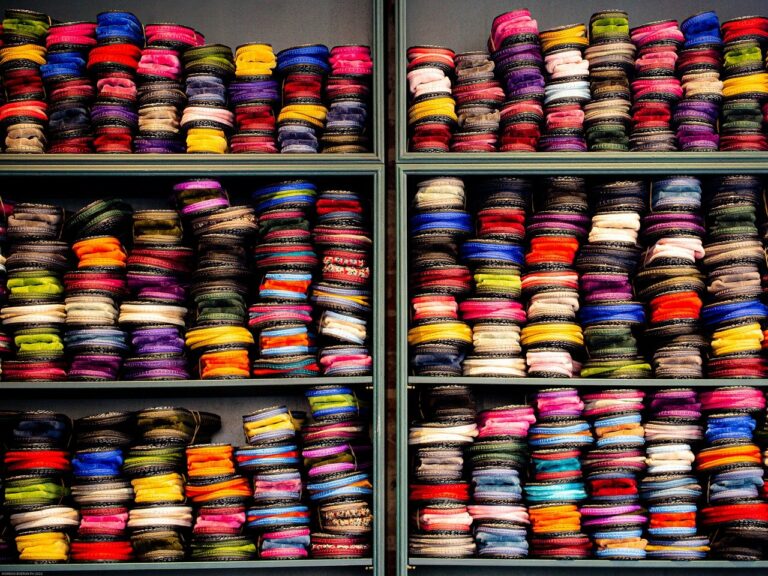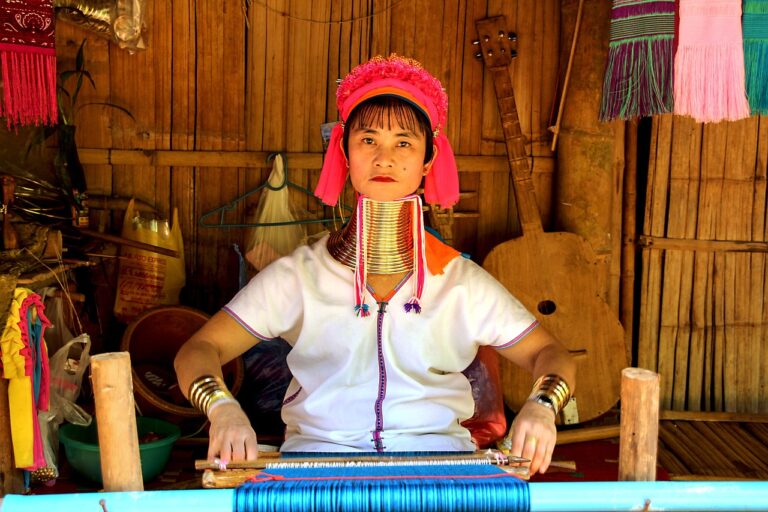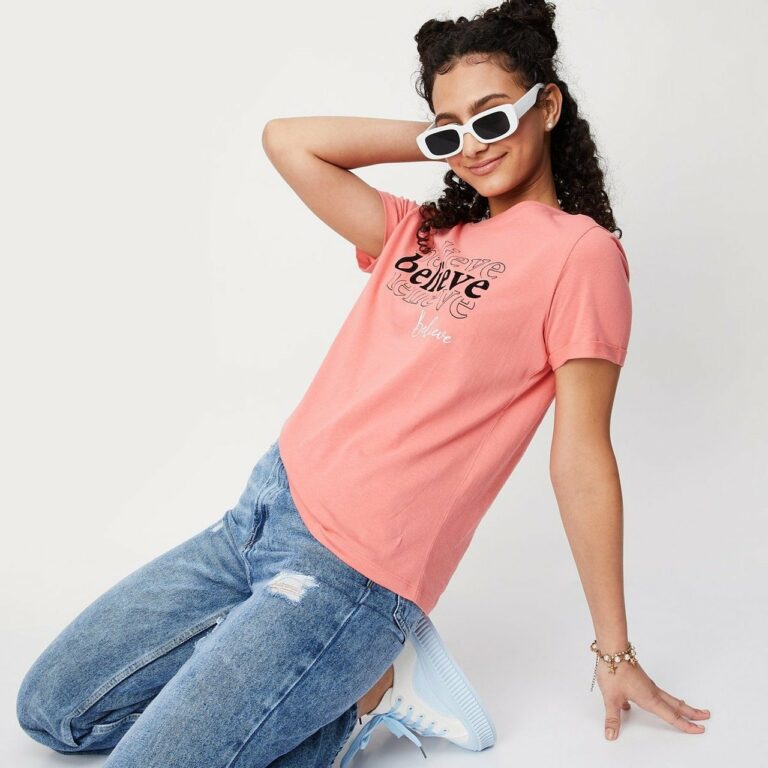Fashion and Architecture: Exploring the Influence of Building Design on Clothing Trends
Metallic hues in fashion have long been inspired by the sleek sheen of glass and steel skyscrapers that dominate urban landscapes. Designers often translate the cool, reflective surfaces of these buildings into fabrics such as satin or metallic knits, creating garments that exude a modern and futuristic vibe. The use of these materials allows for a play on light and shadow, adding depth and dimension to the clothing, much like the glass facades of contemporary buildings.
On the other hand, natural building materials like wood and stone have influenced the choice of fabrics that embody an earthy and organic aesthetic. Textures found in nature, like the grain of wood or the roughness of stone, are replicated in fabrics such as linen, suede, or even bamboo fibers. These materials not only evoke a sense of connection to the environment but also lend a sense of comfort and warmth to the garments, mirroring the welcoming and grounding presence of buildings constructed with these materials.
The Role of Structural Elements in Inspiring Silhouettes
When it comes to the relationship between architecture and fashion, the influence of structural elements on silhouettes is undeniable. The clean lines, geometric shapes, and intricate details found in architectural designs often serve as a source of inspiration for clothing designers looking to create unique and visually striking silhouettes. For example, the sharp angles of a modern skyscraper may inspire a designer to create a structured and tailored garment with bold lines and sharp edges.
Additionally, the way in which structural elements are integrated within a building can also play a role in shaping the silhouette of a garment. The use of arches, vaults, and columns in architecture can translate into curved, draped, and voluminous shapes in fashion. By drawing from the forms and shapes seen in architectural structures, designers are able to create garments that not only embody the essence of a particular building but also offer a fresh and innovative take on silhouette design.
How Architectural Styles Influence Color Palettes in Fashion
Architecture has always played a significant role in shaping the color palettes of fashion trends. From the clean lines and neutral tones of modernist buildings to the ornate details and vibrant hues of Baroque architecture, fashion designers draw inspiration from various architectural styles to create visually captivating collections. The rich terracotta shades of Mediterranean buildings or the cool blues and whites of coastal homes often find their way onto runways, reflecting a seamless integration between the world of architecture and fashion.
Furthermore, the juxtaposition of colors in traditional Japanese architecture, such as the striking contrast between dark wooden structures and delicate paper screens, has influenced the fashion industry’s palette with its emphasis on harmonious yet unexpected color combinations. Similarly, the vibrant colors of Indian palaces and temples have sparked the use of bold shades and intricate patterns in modern clothing designs, illustrating the enduring and cross-cultural impact of architectural styles on the ever-evolving world of fashion.
• The clean lines and neutral tones of modernist buildings inspire minimalist fashion trends
• Ornate details and vibrant hues of Baroque architecture influence opulent and luxurious clothing designs
• Rich terracotta shades of Mediterranean buildings often seen in summer collections
• Cool blues and whites of coastal homes translate into nautical-themed fashion pieces
The juxtaposition of colors in traditional Japanese architecture:
– Emphasis on harmonious yet unexpected color combinations
– Influence on the use of contrasting colors in modern clothing designs
Vibrant colors of Indian palaces and temples:
– Spark the use of bold shades and intricate patterns in fashion
– Illustrate cross-cultural impact on modern clothing designs
How do architectural styles influence color palettes in fashion?
Architectural styles often dictate the color palettes used in fashion by reflecting the materials and textures commonly found in those buildings. For example, the earthy tones of a rustic farmhouse may inspire a fashion collection with similar hues.
What role do structural elements play in inspiring silhouettes in fashion?
Structural elements such as arches, columns, and geometric shapes in architecture can inspire designers to create clothing with strong lines and shapes. For example, a building with sleek lines may influence a fashion designer to create a tailored and structured garment.
How does the connection between building materials and fabric choices impact fashion?
The materials used in architecture, such as brick, concrete, glass, and wood, can influence the choice of fabrics in fashion. Designers may choose fabrics that mimic the textures and colors of these building materials to create a cohesive and visually appealing collection.







